(this is a reprint from Ntananga Phyllis’s article from her blog: Tech Women Uganda.)
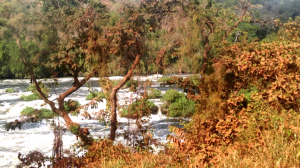 On a very hot Thursday in the first week of January 2016, I hopped on a bus headed for Gulu. I was super excited. It was my first time to go to the North. Naturally, I had all the imaginations anyone could have about an entirely new place. The journey was long but to my surprise I was awake the whole time, thanks to the fear of missing out on the adventure. I saw different things like rare fruits that we barely have in the Central or Western region of the country and the sight of the Karuma Bridge, one of the many beautiful things of nature with which God blessed Uganda. Before sunset, we were in Gulu town for the Robotics Camp.
On a very hot Thursday in the first week of January 2016, I hopped on a bus headed for Gulu. I was super excited. It was my first time to go to the North. Naturally, I had all the imaginations anyone could have about an entirely new place. The journey was long but to my surprise I was awake the whole time, thanks to the fear of missing out on the adventure. I saw different things like rare fruits that we barely have in the Central or Western region of the country and the sight of the Karuma Bridge, one of the many beautiful things of nature with which God blessed Uganda. Before sunset, we were in Gulu town for the Robotics Camp.
That evening, the trainers that had arrived for the camp all gathered to be taken through the materials and resources that were going to be used for the next two weeks in the camp. As a software developer without much knowledge in hardware/embedded systems, most of the terms and materials were so new to me – stuff like the PCDuino, Arduino, Breadboard, Linker Shield and so many other terms. However, I came to realize that engineering can be done by anyone no matter the background or experience one has in computing. All one needs is the willingness and love to learn.
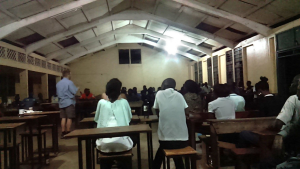 Sunday evening, the Camp officially opened. Some of the students had arrived the previous day while others arrived on Sunday itself. As trainers, we’d spent Sunday afternoon organizing the rooms and setting all the materials up for the kick start of the Camp Sessions on Monday. It should be noted that students came from over 35 schools with some coming from other regions of the country and more were still arriving.
Sunday evening, the Camp officially opened. Some of the students had arrived the previous day while others arrived on Sunday itself. As trainers, we’d spent Sunday afternoon organizing the rooms and setting all the materials up for the kick start of the Camp Sessions on Monday. It should be noted that students came from over 35 schools with some coming from other regions of the country and more were still arriving.

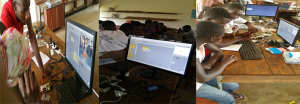 The classes lined up included the Blind Annex class which involved teaching computer skills like Microsoft Access, Excel, typing, beauty tips to the ladies and other programs, with the Robotics Foundation class, studying Introduction to Hardware using Scratch and the PCDuino, the Advanced Robotics class involved doing hardware and electronics using the PcDuino and Arduino. The third was the Video Game class where students learned how to design and build/develop video games. All the classes were so exciting that the students got decision making conflicts regarding which class to take. They wished they could take all the classes but they were to take only one class.
The classes lined up included the Blind Annex class which involved teaching computer skills like Microsoft Access, Excel, typing, beauty tips to the ladies and other programs, with the Robotics Foundation class, studying Introduction to Hardware using Scratch and the PCDuino, the Advanced Robotics class involved doing hardware and electronics using the PcDuino and Arduino. The third was the Video Game class where students learned how to design and build/develop video games. All the classes were so exciting that the students got decision making conflicts regarding which class to take. They wished they could take all the classes but they were to take only one class.
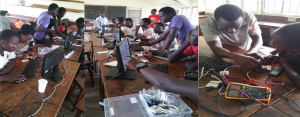 Come Monday, everything was set and the classes started with Introduction to the PCDuino Information of what the students shall be learning from the camp. The students in the foundation class found Scratch interesting with the drag and drop blocks that helped them in building their software projects. It became even more fun when they added in sensors, hardware like lighting the LED light when the programs run, using infra-red sensors to play football in the game with different sprites/objects.
Come Monday, everything was set and the classes started with Introduction to the PCDuino Information of what the students shall be learning from the camp. The students in the foundation class found Scratch interesting with the drag and drop blocks that helped them in building their software projects. It became even more fun when they added in sensors, hardware like lighting the LED light when the programs run, using infra-red sensors to play football in the game with different sprites/objects.

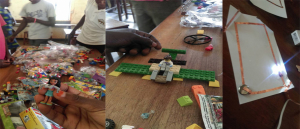 In the middle of the week, the Art class was already set up and each class had an hour each day to go to the art room and draw, make paper circuits for lighting a tiny LED light, build Legos, fly drones (this was the coolest part 🙂 ), fly wooden planes and do turns of cool stuff. As a trainer, it was really an amazing experience for me because I had never seen anything of that kind. The activities in the Art room would make you think of and see everything in a different way. With the fun I had in the Art room on the first and following days, I was sure the students were having twice as much fun as I was having as some built amazing things with the Legos, others draw art as others went for the electronics. I even got to be guided by an already acquainted student on how to make the paper circuits…it was really awesome.
In the middle of the week, the Art class was already set up and each class had an hour each day to go to the art room and draw, make paper circuits for lighting a tiny LED light, build Legos, fly drones (this was the coolest part 🙂 ), fly wooden planes and do turns of cool stuff. As a trainer, it was really an amazing experience for me because I had never seen anything of that kind. The activities in the Art room would make you think of and see everything in a different way. With the fun I had in the Art room on the first and following days, I was sure the students were having twice as much fun as I was having as some built amazing things with the Legos, others draw art as others went for the electronics. I even got to be guided by an already acquainted student on how to make the paper circuits…it was really awesome.
This Robotics Camp is organized and sponsored for every January since 2010 by Sandra Washburn, the Founder of Oysters & Pearls. It started with working with caretakers of the visually impaired students to give them mobility training and providing white canes to help them navigate around their schools without hardship. Oysters & Pearls focuses on integrating technology and science in schools that are inclusive of the blind. It also advocates for women and girls’ opportunities in education and sports as well as promoting wildlife conservation.
People from different parts of the world can see the value of technology in the young generation and are willing to provide the resources and share the knowledge they have with us. This should be our obligation to carry it on and continue to inspire and share the knowledge we get with every one that is reachable and willing to learn. The onus is on us to either leave Uganda the way we found it or to make it even better. I personally am excited to see what these children shall come up with in the next few years, considering their passion and the skills they have gained from the robotics camp.
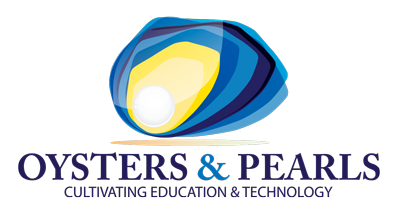
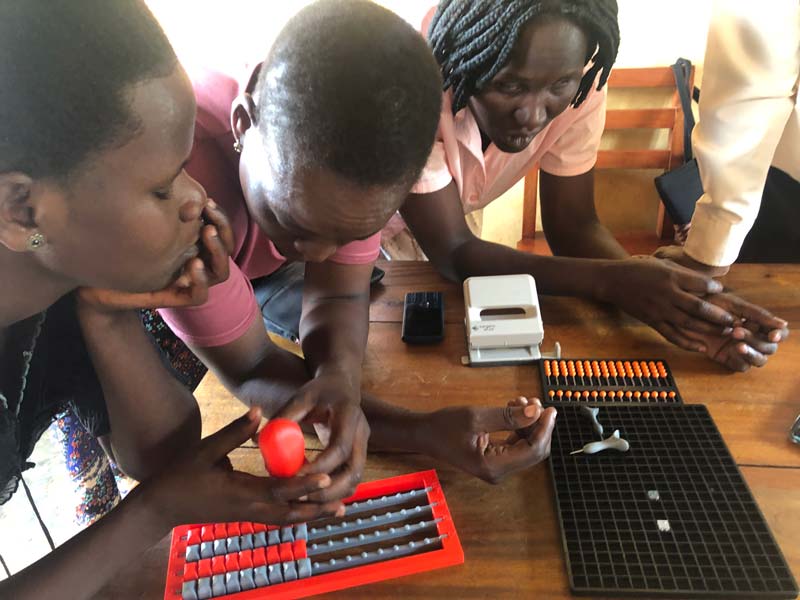
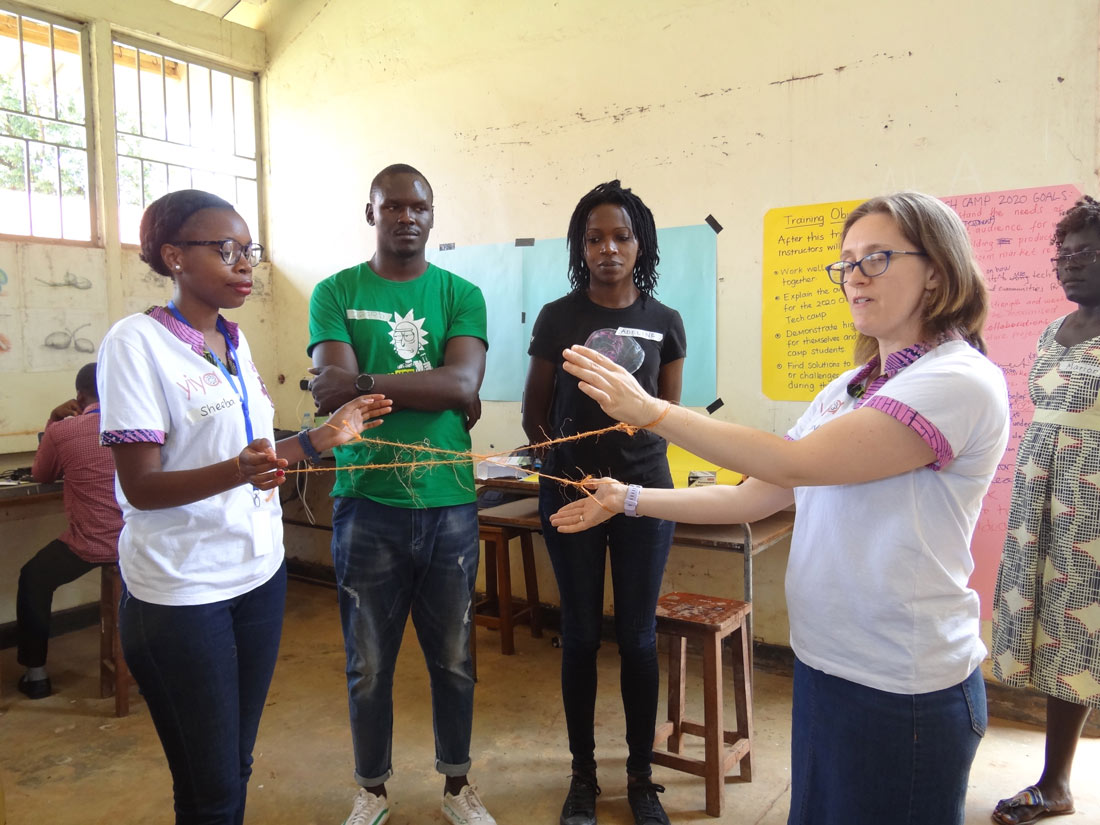
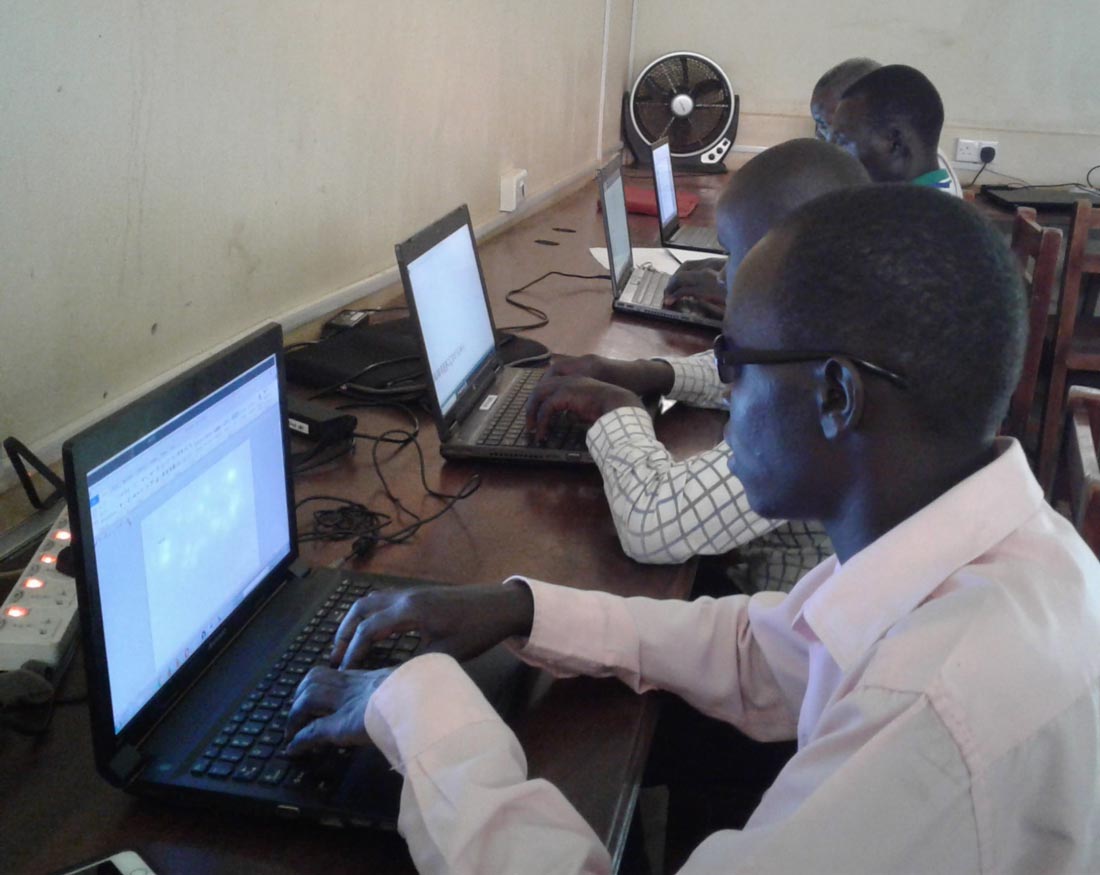
wow that’s our joy gulu team